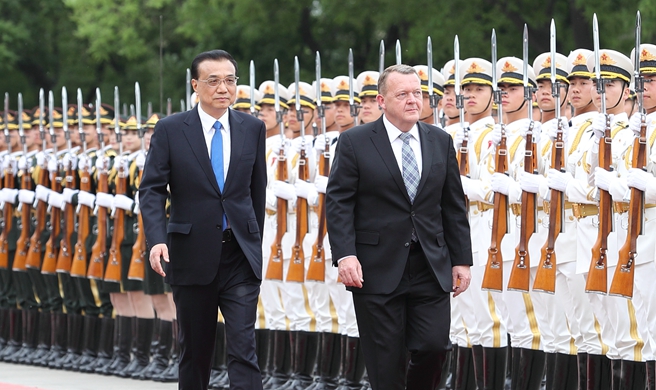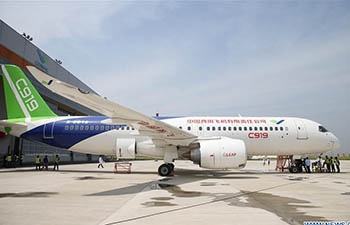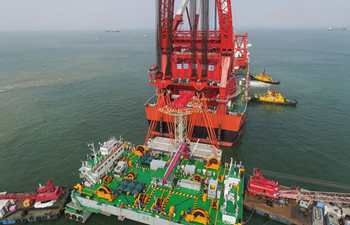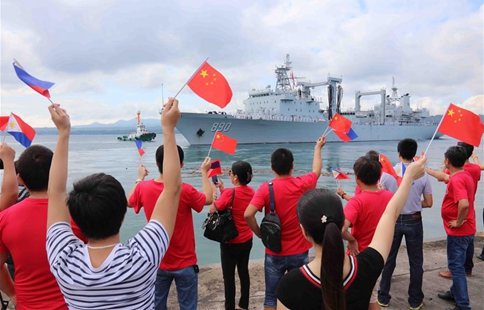BEIJING, May 4 (Xinhua) -- Claims that the Belt and Road Initiative is a tool by China to expand its economic interests and dominance abroad ignore the key element underpinning the initiative -- win-win results.
Since China launched the initiative in 2013, it has invested more than 50 billion dollars in countries involved in the Belt and Road. A total of 56 economic and trade cooperation zones have already been built by Chinese businesses in these countries, generating nearly 1.1 billion dollars in tax revenue and creating 180,000 local jobs.
In the first quarter alone, Chinese enterprises invested 2.95 billion U.S. dollars in 43 countries along the Belt and Road, accounting for 14.4 percent of total outbound investment in Q1, compared to nine percent for the same period last year.
The latest data was released less than a month before the Belt and Road Forum (BRF) for International Cooperation, which will be held in Beijing on May 14 and 15.
As of April 18, 28 heads of state and government leaders had confirmed they would attend the BRF. Other delegates include representatives of 61 international organizations as well as officials, entrepreneurs, financiers and reporters from 110 countries.
Clearly, the initiative is neither a zero-sum game nor a solo show of China.
The Belt and Road, comprising of the Silk Road Economic Belt and the 21st Century Maritime Silk Road, is neither private nor exclusive but a wide and open avenue for all.
It is in everyone's interest to be part of the network of global partnerships formed by the initiative given as it will provide huge opportunities by connecting Asia with Europe and Africa and promoting common development among all the countries involved.
A lot of progress has been made since 2013. Besides trade and investment, interactions have also increased in culture, education, science and technology, tourism and other areas.
In pursuit of infrastructure connectivity, China's international cooperation on production capacity is well underway in more than 10 key areas, including equipment manufacturing, automobile and electronics.
The Asian Infrastructure Investment Bank, the Silk Road Fund and several other multilateral or bilateral cooperation funds are providing financing support to projects under the initiative.
Embracing the principles of extensive consultation, joint contribution and shared benefits, the Belt and Road Initiative aims to complement, rather than replace, existing international governance mechanisms.
Although facing risks and headwinds, the initiative's inclusiveness and China's bright economic prospects reinforce the belief that it will play a part in securing a promising future.


















